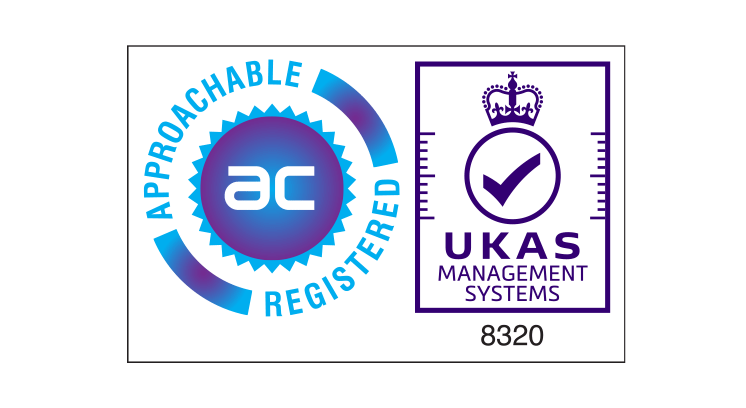What is Work Order Management? | Our Guide
Effective work order management helps you maintain operational efficiency and the smooth running of various organisational processes. That almost makes it sound straightforward! In reality, it is quite complex. So, what exactly is work order management, and how can it level up your approach to maintenance tasks?
In this blog, we will look at work order management and how leveraging modern technologies can transform your service operations.
What is Work Order Management?
Work order management is a systematic approach to creating, tracking, and completing organisational maintenance tasks and service requests. It encompasses the entire lifecycle of a work order – from the initial request through prioritisation, assignment, execution, and final closure. This process ensures that every task is addressed efficiently and effectively, minimising asset downtime and optimising resource allocation.
The market for work order management software is projected to reach USD 1949.6 Million by 2030 (Yahoo Finance). What’s driving this growth? The increasing importance of data-driven planning and budgeting. As more organisations adopt this technology, having an understanding of it’s core components is increasingly important. They include:
- Maintenance Requests: The starting point where a need for maintenance work is identified and communicated.
- Work Order Creation: Transforming these requests into structured, trackable work orders.
- Prioritisation: Determining the urgency and importance of each work order.
- Assignment and Scheduling: Allocating tasks to suitable personnel and scheduling them appropriately.
- Execution: The actual performance of the maintenance work.
- Documentation and Tracking: Recording progress, resource usage, and completion details.
- Closure and Analysis: Finalising completed work orders and analysing them for insights and improvement
Is Work Order Management Important?
Having an efficient work order management process is crucial for several reasons:
Traditional Work Order Management
In work order management, traditional methods have often presented challenges that hamper the efficiency and effectiveness of maintenance teams. Understanding these challenges is the first step towards implementing more robust and efficient processes.
Identifying the Challenges
Modern Solutions
The evolution of digital technologies offers robust solutions to these traditional challenges:
By embracing these modern solutions, organisations can significantly improve their work order management processes, improving operational efficiency and effectiveness. The next section of our blog will guide you through mastering the work order management process, employing these advanced tools and strategies.
For more information, explore mobile work order management software.
The Work Order Management Process
Navigating the work order management process is crucial for smoothly coordinating your maintenance team operations. Let’s break down this process into its key stages and explore how to optimise each step.
Creating and Submitting The Work Order
Identifying the Need: The process begins with recognising a maintenance need or service request, which can originate from various sources within an organisation.
Creating a Work Order: This involves detailing the specific maintenance task, including what needs to be done, where, and any special requirements. Modern systems allow for quick digital creation and submission of work orders.
Submission: Once created, the work order is submitted for approval and prioritisation. You can do this seamlessly through a work order management system.
Prioritising Work Orders
Assessment: Maintenance managers review submitted work orders to determine their legitimacy and urgency.
Prioritisation: Work orders are ranked based on factors like criticality to operations, safety implications, and resource availability.
Approval: Once prioritised, work orders are approved for scheduling and execution. This process is streamlined with digital solutions, where approvals can be granted with a few clicks.
Assigning Work Orders
Task Assignment: Work orders are assigned to the most suitable technicians, considering their skills and current workload. Mobile apps can facilitate quick and efficient assignment.
Tracking Progress: Modern work order management software enables real-time tracking of work orders, offering updates on the status and any issues encountered.
Feedback and Communication: Continuous communication is vital, and mobile solutions allow immediate updates and feedback from technicians on the field.
Closing Out Your Work Orders
Completion of Tasks: The work order is updated to reflect this once the maintenance task is completed.
Documentation: Accurate documentation of the work performed, time taken, and resources used is crucial for future reference and analysis.
Closure: The final step is the formal closure of the work order, signifying that all tasks have been satisfactorily completed.
Leveraging Technology for Efficient Work Order Management
Implementing advanced work order management software can revolutionise this process. Features like automated notifications, centralised data storage, and mobile access enhance efficiency, reduce errors, and improve overall workflow. To learn more about how technology can streamline your work order management, explore job management solutions.
Let’s now look at the benefits of employing work order management software and how it can transform your operational efficiency.
The Benefits of Work Order Management Software
Adopting a digital work order management system can bring transformative benefits to an organisation’s maintenance operations. Let’s delve into how such software can enhance various aspects of work order management.
In our next section, we will explore the best practices for successfully implementing a work order management system, ensuring that organisations can fully leverage these benefits to enhance their maintenance operations.
Successful Implementation
Successfully implementing a work order management system can be a complete game-changer. Here are the key steps and considerations to ensure effective implementation and maximise your return on investment:
In short, a work order management system can streamline processes, enhance efficiency, and provide valuable insights. With careful planning, thoughtful selection, and thorough training, your team can transition smoothly to a more efficient and data-driven approach to maintenance management.
Closing Thoughts
Work order management is essential to modern business operations, particularly in the maintenance and facility management sectors. By understanding and embracing the benefits of work order management systems, organisations can significantly improve their operational efficiency, reduce downtime, and foster a proactive maintenance culture.
The key lies in selecting the right software, ensuring seamless integration, and committing to continuous improvement and adaptation. With these steps, work order management can transform from a routine administrative task into a strategic asset for your organisation.


















